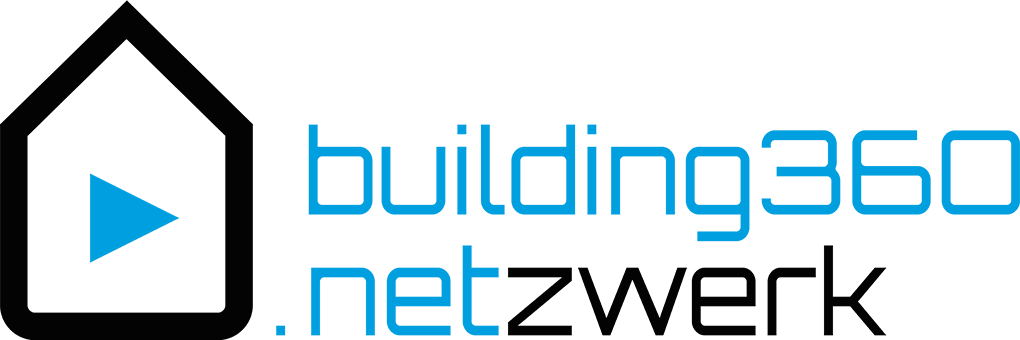In the Digital and Customer Experience World, there are two lives: Before and After COVID-19. Is your company ready?
Author: Ricardo Saltz GulkoQuelle: eglobalis.com
Is your company customer- and employee-centered, or is this simply a buzzword used by your leadership? If the latter is the case, the efforts may originate with those at the top, but make no mistake, the real work happens throughout all the verticals and teams within your organization. This includes those that design the experiences for your services, products, and engagement. Your company operates using four words: ‘’Adoption, Retention, Renewals, Insights’’ – repeat!
This article will help you as a leader realign your organization to reignite its ability to deliver a much better experience for your customers, partners, and employees. It will also define what it means to be a truly customer-centric company.
We are now experiencing a reset – especially in technology sector, which experienced improvements over the last year in much the same way that retail did. As of the writing of this article, you have had 1.4 years to learn, reflect, and adapt. Now is the time to take action.
In my last article, I discussed the The 6 Fundamentals to Improve Your Digital Transformation and Supply Chain Experience aspects. Now I am focusing on your technology, since it is the only way customers will stick with you – particularly in the B2B world. Companies that continue to deliver overcomplicated solutions will survive until a simpler and more effective solution emerges. Yes, Oracle, SAP, and Salesforce are great solutions, but they are still overcomplicated in terms of instigating great experiences and designing to generate adoption.
In a recent conversation with the Chief Customer Officer of Ericsson, Tabitha Dunn, she mentioned that the reason companies still acquire complex systems is based partly on the fact that users are not the decision-makers. Sometimes they are not even stakeholders or influencers in the process of acquiring licenses in the software world – apart from the fact that they are given a role to use the existing technology provided by the company. In our conversation, Dunn also referred to the large number of change requests and new functionalities required by customers.
One of the most important elements for generating and sustaining a positive customer experience is obviously the quality of the product or service that is a given today. In an ideal company, teams focus on designing software with logic and customer needs in mind, and human-centric, intuitive approaches. But so far, I would say that only Amazon and few other companies have been successful at this.
In a post-COVID-19 world, customers – and this applies the same whether it’s B2B or B2C – will remember how your company helped them during those hard times and how efficiently you were able to enact improvements from the first moments of the pandemic until now. They will remember how you were able to remove complexity and useless features from your products, services, and design and still deliver a great experience for them. This is specifically valid for the tech world.
For instance, let’s say that certain features were developed by one team, or were based on customer and stakeholder feedback and insights. The company’s leadership needs to measure the impact of these requests against any potential risks and to ask themselves whether it is the right time to avoid overcomplicating the technology. In the world of cloud solutions, customer requests are not always the best solution for your technology or for the majority of customers. Sometimes, these requests could even impede your innovation team from solving their issues in a very different – but potentially more efficient – manner.
Logically speaking, your duty is to help customers do more than just spend their time understanding your solutions. If your product becomes easier to grasp and to adopt, you will generate more renewals, loyalty, and revenue. This can be applied to any type of business – from a shop floor for a manufacturer, to retail, and even to an enterprise technology organization.
None of this is easy. But it is still imperative. Loyalty, loyalty, and loyalty are the words that will make a big impact on your bottom line. This will depend on what you did and which course of actions your organization took during the pandemic. Customer memories can last a very long time when it comes to experience.





























































































































